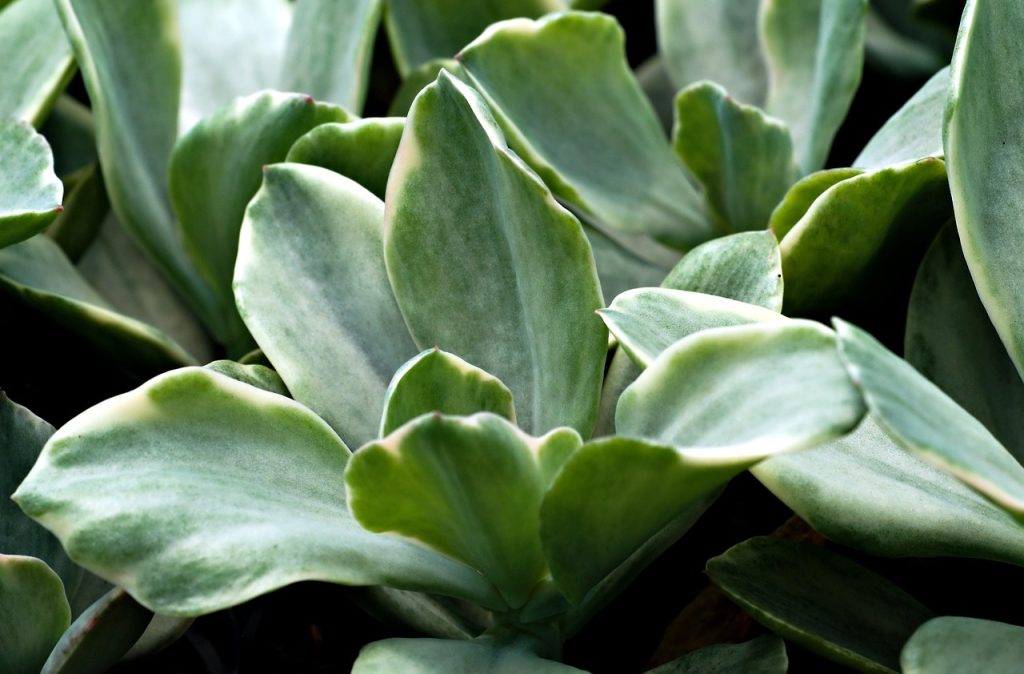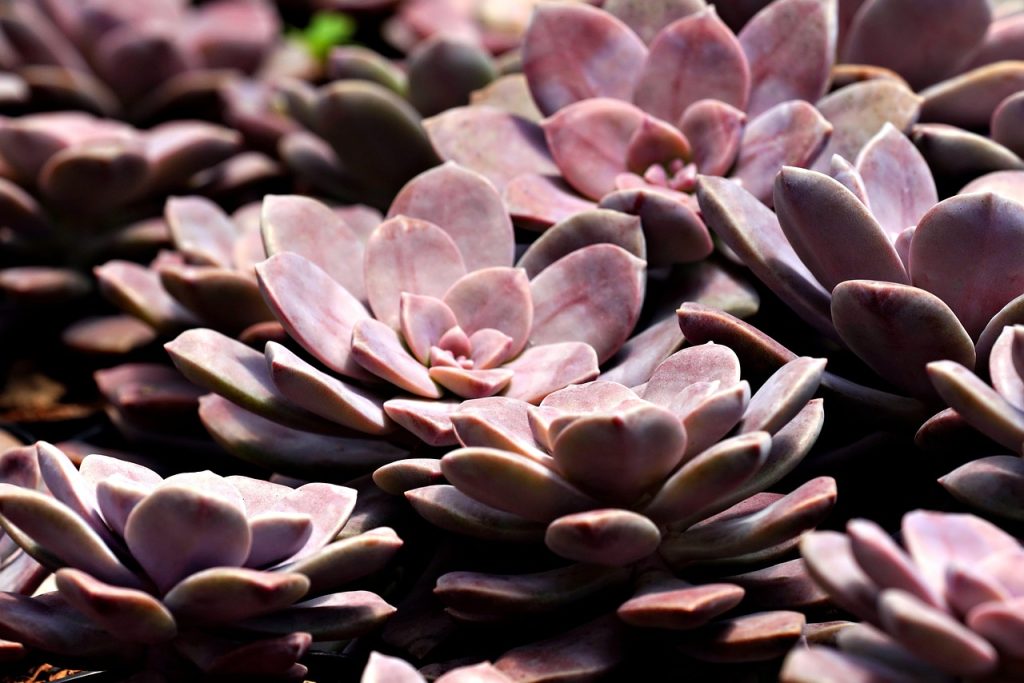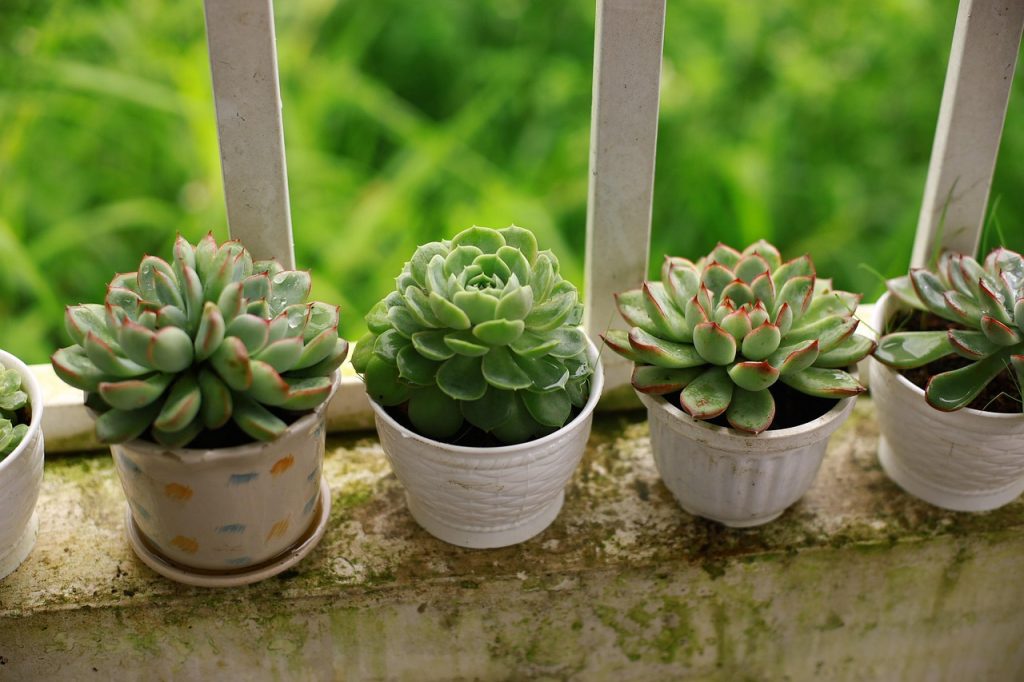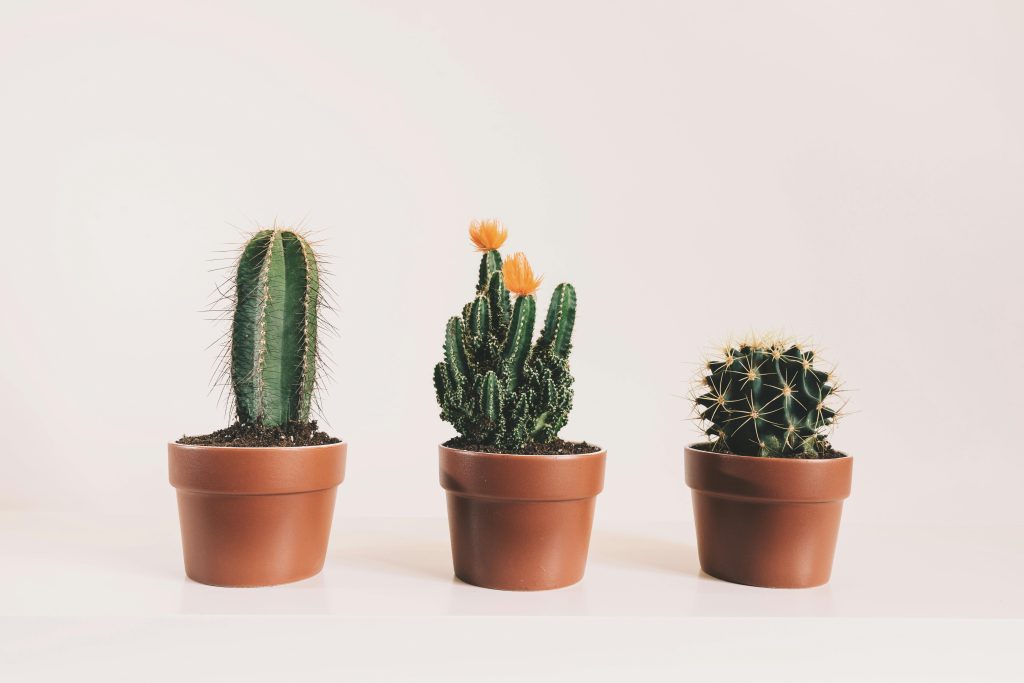Succulents are among the easiest and most rewarding plants to grow, and one of the best parts is how simple it is to multiply them. Whether you’re a beginner or a seasoned plant lover, learning how to propagate succulents helps you expand your collection, share with friends, and save money on buying new plants.
In this guide, you’ll learn everything you need to know about succulent propagation, from leaf cuttings and offsets to water propagation and care tips for healthy new growth.

What Does Propagation Mean?
Propagation means creating new plants from an existing one. When you propagate a succulent, you’re essentially cloning your plant through its leaves, stems, or offsets. This process mimics what succulents do in nature, dropping leaves or pups that grow into new plants over time.
Why Learn How to Propagate Succulents?
Here’s why propagation is so popular among plant enthusiasts:
- Cost-effective: Grow dozens of plants from one mother plant.
- Satisfying: Watching new growth emerge feels rewarding.
- Eco-friendly: Reduces the need for store-bought plants.
- Decor-friendly: Great for gifting or filling new pots with lush greenery.
Types of Succulent Propagation Methods
There are several ways to propagate succulents successfully. The best method depends on the type of succulent and your growing conditions.
| Propagation Method | Best For | Difficulty | Time to Root |
|---|---|---|---|
| Leaf Cutting | Rosette succulents like Echeveria | Easy | 3–6 weeks |
| Stem Cutting | Leggy or tall succulents | Easy | 2–4 weeks |
| Offset (Pups) | Aloe, Haworthia, Sempervivum | Very Easy | 2–3 weeks |
| Division | Cluster-forming succulents | Moderate | 2–3 weeks |
| Water Propagation | Indoor conditions | Medium | 3–5 weeks |
Step-by-Step: How to Propagate Succulents from Leaves
Leaf propagation is one of the most common methods, particularly for rosette-forming varieties such as Echeveria or Graptopetalum.

1: Select a Healthy Leaf
- Choose a mature, plump leaf from the middle of the plant.
- Gently twist the leaf off at the base; don’t cut it.
- Make sure the entire leaf comes off cleanly; damaged leaves won’t root.
2: Let It Callous
- Place the leaf in a dry area away from direct sunlight.
- Let the cut end dry and callous over for 2–3 days.
- This prevents rot when placed in soil.
3: Prepare the Soil
- Use a well-draining cactus mix or make your own with perlite and sand.
- Avoid rich, dense soil, succulents hate wet feet.
4: Lay on Top of Soil
- Lay the calloused leaves on top of dry soil.
- Mist lightly every few days; don’t soak.
5: Wait for Roots and Pups
- In 2–4 weeks, tiny roots and baby rosettes will appear.
- Once the new succulent is about an inch tall, you can gently separate it from the parent leaf.
How to Propagate Succulents from Stem Cuttings
Stem propagation works perfectly for succulents that have grown tall or leggy, such as Jade Plant (Crassula ovata) or Aeonium.
- Cut a Healthy Stem:
Use sterilized scissors to snip off a 3–5 inch section below a leaf node. - Remove Bottom Leaves:
Take off the lower leaves, leaving a few at the top. - Let the Cutting Callous:
Allow the cutting to dry for 2–5 days in a shaded spot. - Plant in Soil:
Insert the stem in well-draining soil, water sparingly, and place in indirect sunlight. - Roots Form:
You’ll see new roots in about 2–4 weeks.
Propagating from Offsets (Pups)
Many succulents like Aloe Vera, Sempervivum, and Haworthia produce small baby plants, known as offsets or pups, around their base.
How to Propagate Pups:
- Gently remove the pup with a clean knife or twist it off with your fingers.
- Let it callous for a day or two.
- Plant it in dry succulent soil.
- Water sparingly until roots establish.
This method is almost foolproof, perfect for beginners.

Water Propagation Method
Although succulents generally prefer soil propagation, some varieties root beautifully in water. This method lets you observe root growth up close.
How to Do It:
- Fill a glass with water so that only the stem (not leaves) is submerged.
- Keep in indirect sunlight.
- Change the water every few days to prevent bacteria.
- Once roots grow 1–2 inches, move the cutting into soil.
Tip: Varieties like Jade, Echeveria, and Sedum respond well to water propagation.
Aftercare: Helping Your Baby Succulents Thrive
Once your propagated succulents develop roots, they need gentle care to grow into strong plants.
Key Care Tips:
- Light: Bright, indirect sunlight for 4–6 hours daily.
- Water: Mist or water sparingly once the soil is completely dry.
- Temperature: Keep between 65°F–80°F (18°C–27°C).
- Fertilizer: Feed diluted succulent fertilizer once a month in the growing season.
- Transplanting: Move to a larger pot when roots fill the current one.
Common Propagation Mistakes to Avoid
Even though succulents are hardy, these common errors can slow growth or cause rot:
- Overwatering freshly cut leaves.
- Skipping the callous period.
- Using heavy, moisture-retaining soil.
- Keeping propagated leaves in direct, hot sunlight.
- Planting before roots appear.
Do Succulents Flower After Propagation?
Yes! Mature propagated succulents can bloom once they’re established. While flowering isn’t guaranteed every year, proper care, including ample sunlight, correct watering, and balanced fertilizer, increases your chances of getting colorful blooms.

Benefits of Propagating Succulents
- Therapeutic: Nurturing new life can be relaxing.
- Decorative: Great for home décor or gifting.
- Educational: Perfect for teaching kids about plant growth.
- Sustainable: Reduces plant waste and promotes reuse.
FAQs About How to Propagate Succulents
Leaf and stem cuttings are the simplest and most reliable ways for beginners.
Most cuttings take 3–6 weeks to sprout roots, depending on temperature and humidity.
Yes, many varieties root in water, but transfer them to soil once roots grow to prevent rot.
No. Only mist occasionally to keep them from drying out; too much water causes rot.
Spring and summer are ideal since succulents grow actively during warmer months.
Final Thoughts
Learning how to propagate succulents is one of the most rewarding gardening skills you can master. Whether through leaves, stems, or pups, this process gives you endless opportunities to grow your indoor garden naturally.
With patience, proper soil, and minimal water, you’ll soon have dozens of new succulents ready to brighten your home or share with others.
So grab your pruning shears, pick your healthiest plant, and start propagating, one leaf at a time.